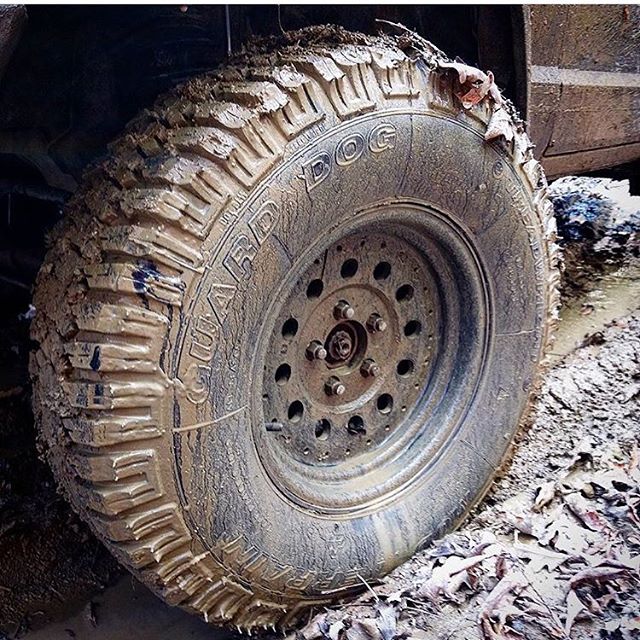As a love for nature runs strong through off-roaders, what better to carry you to your destination than a set of recycled tires that saved another set of rubber from wasting space in a landfill somewhere.
Off-Road.com is going to put a set of new TreadWright Mud Terrain tires to the test soon, so watch for that review on our pages in the near future. To get a better handle on how these tires are made, we spoke with TreadWright CEO Anthony Showen about his company’s tires, and what makes TreadWright different.
For more information visit TreadWright’s website
It all starts with the manufacturing process. TreadWright purchases used tires in bulk from a supplier, 93 percent of which are from premier brands like Goodyear, Michelin, Firestone, Cooper, Toyo or Nitto. When purchasing the tire, the customer won’t know what it was before its reinvention.
READ MORE: This Tire Blowout Shows How Much Power is Held in by Your Rubber
Then the tires are inspected where about 10 to 15 percent of them are removed, as Showen says TreadWright uses only perfect casings. This testing is visual and also involves a machine which verifies the strength of the steel belts inside the tire using electric current.
Once the tire is selected, it goes into a process called “buffing,” which entirely removes the old tread and sidewall rubber, leaving a clean casing. Then the real work begins as new rubber is applied to the buffed casing using an Orbitread machine, applying layer after layer of rubber. This is known as a re-molded tire rather than a re-tread, and there is a difference says Showen. A re-tread attaches the new tread all as one piece, whereas a re-molded tire is actually molding new rubber to the tire, basically re-creating it the way it was manufactured in the first place. You can get more info on the process here.
READ MORE: TreadWright Mud-Terrain Review
Once the new rubber tread is in place it’s time to cure the tire, a process that takes 60 minutes and is the same curing process used across the tire manufacturing industry. Inspection is the final process, where the tires are once again balanced and inspected.
Last year, TreadWright revived about 50,000 tires and in 2017 the company is on pace to make it to 70,000 units. And what’s the secret to that growth? Well besides introducing a new lineup of all-terrain and mud-terrain tires back in 2015, TreadWright says that it covers 80 percent of the sizes and load ranges offered by original manufacturers, so most folks looking for a tire can find their desired size.
And besides feeling good about using a recycled tire, what’s TreadWright’s other big advantage? Price. On average, a TreadWright tire will be half the price of a competitor from a big brand. It’s hard to argue with that kind of value.
So now the real question is, how do the tires stack up? Well we’re going to drive them hard and put them away wet to see exactly how TreadWright’s re-molded tires hold up to the rigors of wheeling. Make sure you come back and read the full review.

